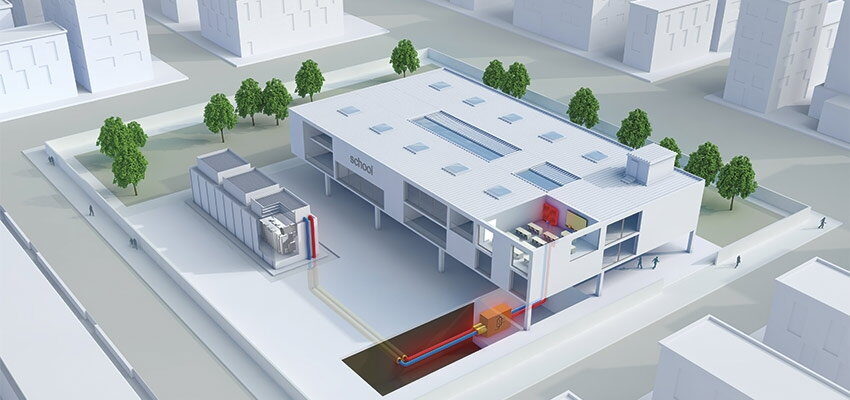
Reliable, optimised power transformers with heat recovery for urban areas
Abstract: A project in the heart of London interconnects innovative transformer technologies to add value for the neighbourhood by delivering power and heat at the...
byPaul JARMAN, Kevin HAMPTON, Mark LASHBROOKE, Georg Johannes PUKEL

Abstract:
A project in the heart of London interconnects innovative transformer technologies to add value for the neighbourhood by delivering power and heat at the same time. Proven at 400 kV/240 MVA, the technology of combining ester insulation and heat recovery devices could be adopted in smaller transformers realizing significant cost saving and carbon footprint improvements.
Keywords: innovation, power transformers, ester, heat recovery, performance, lifetime
Transformers for urban areas
Power supply demands today are constantly increasing around the globe, in both established and emerging economies, where life quality and living standards continually improve. This, combined with the increase in urbanization, has meant that power generation facilities and substations are being built ever closer to where people live and work. While in past years you would only see power stations in rural areas, they are now part of the urban landscape and can be seen in major cities.
With this change of location come new, stricter requirements for power transformers. Operational safety, low noise levels and environmental protection are now critical factors for consideration. Furthermore, grid operators are faced with the added challenges of limited space and specific local municipal restrictions. In order to meet such strict requirements in urban areas, grid operators need to use a combination of new high-temperature transformer technologies for power and substations.
The use of ester fluids, both natural and synthetic, as an alternative insulation fluid provides solutions to many of these obstacles, being far safer in operation due to a higher fire point, and more environmentally friendly than conventional fluids due to higher levels of biodegradability.
One example is a substation in London, with three 240 MVA transformers with a voltage ratio of 400/132 kV, which used flexible solutions to overcome urban challenges, using not only ester fluid as a safer and environmentally friendly option, but also developing noise sensitive units and an innovative solution for waste heat utilization (see Figure 1).

Figure 1. Schematic power substation design next to a school in London







